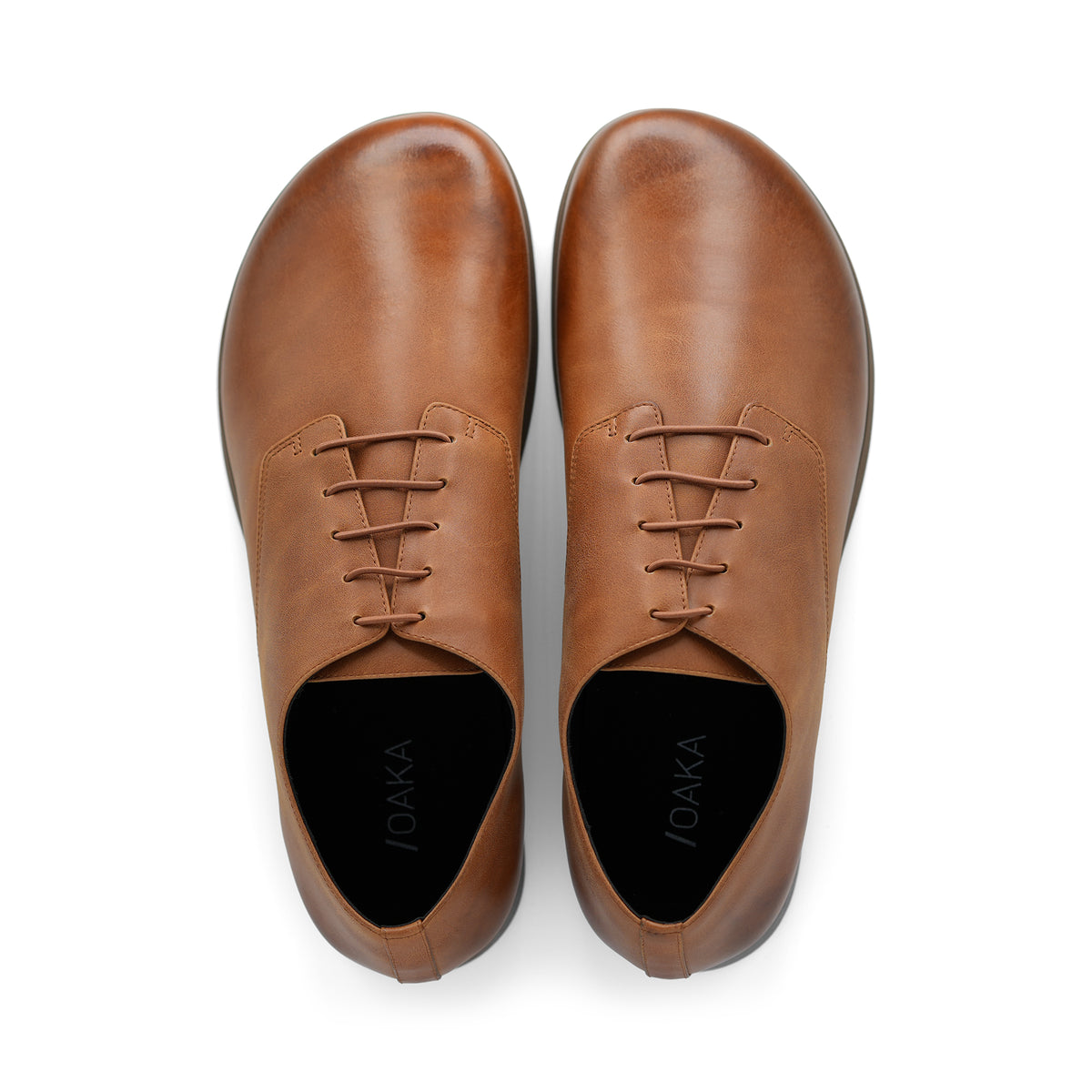Curious about the health claims of barefoot grounding? Discover how connecting directly with the earth may combat inflammation, boost sleep quality, and positively impact mental well-being. Through this article, we’ll dive into the grounding practice, provide scientific insights, and offer actionable steps to harness the earth’s electrons for your health.
Key Takeaways
-
Grounding or earthing involves direct contact with the Earth’s surface, allowing free electrons to flow into the body, which may neutralize harmful free radicals and reduce inflammatory diseases, improve sleep, immune response, and overall well-being.
-
Apart from physical health benefits, grounding has been linked to mental health improvements, such as stress and anxiety reduction, enhanced mindfulness, and improved mood and sleep quality, due to increased sensory awareness and connection with nature.
-
Scientific evidence supports grounding’s health benefits, including reducing pain and inflammation, improving cardiovascular health, and potentially playing a role in preventing or mitigating non-communicable diseases like type 2 diabetes and cancer.
The Barefoot Grounding Connection
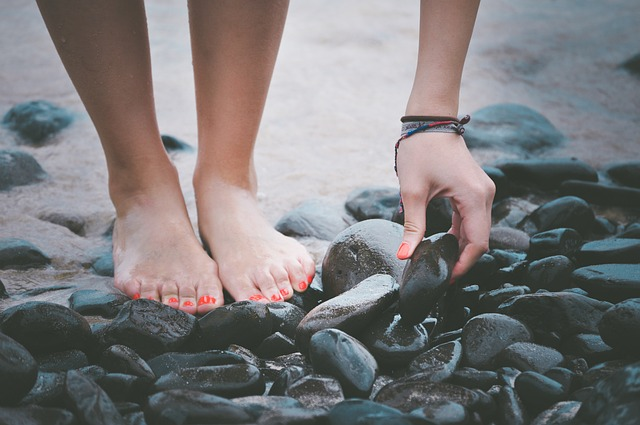
Grounding, synonymous with earthing, is a practice that allows for a direct electrical connection with the Earth’s surface, facilitating the flow of free electrons into your body. Grounding techniques range from simple practices like:
-
standing barefoot on the earth
-
walking barefoot on grass or sand
-
swimming in natural bodies of water
-
gardening or working with soil
-
hugging a tree
-
using specially designed grounding mats and patches
Restoring an electrical connection with the earth, a connection often severed by today’s lifestyle, is the primary goal of this practice.
The idea is that direct contact with the earth, a source teeming with negative ions, can balance out the positive ions that build up in our bodies due to environmental and lifestyle factors. This imbalance can potentially lead to physiological dysfunction and an increase in inflammatory-related chronic diseases. But how does grounding accomplish this balance?
Direct Skin Contact
Direct skin contact with the earth’s surface, such as standing barefoot on grass or lying on the ground in a park, allows the earth’s free electrons to spread over and into the human body. This process can have antioxidant effects, neutralizing harmful free radicals and reducing oxidative stress.
While clinical studies are ongoing, subjective reports from those who practice earthing regularly suggest that walking barefoot on the earth enhances health and provides a general sense of well-being. A multitude of benefits, ranging from:
-
an enhanced immune response
-
a reduction in autoimmune diseases
-
improved sleep
-
reduced inflammation
-
increased energy levels
-
improved circulation
-
reduced stress and anxiety
Many benefits are purportedly derived from this direct contact with the earth’s surface.
Rubber Soles vs. Bare Feet
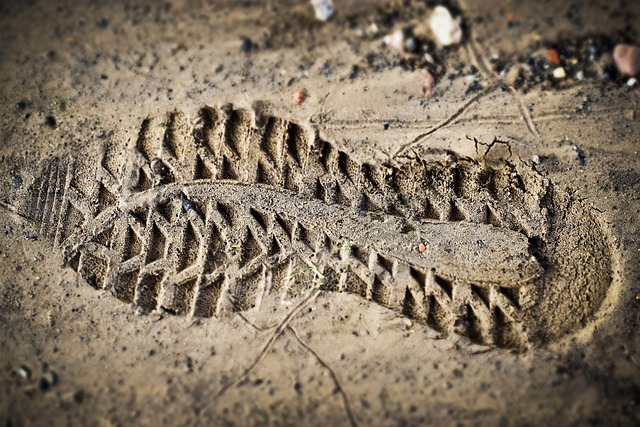
Our modern lifestyle often impedes the grounding process. A key culprit? The rubber-soled shoes we wear. These shoes act as insulators, blocking the beneficial flow of electrons from the earth to our bodies. Even grounding shoes with conductive materials can’t match the effectiveness of direct skin contact.
Contrarily, bare feet facilitate a continuous flow of the earth’s electrons, thus serving as the most efficient grounding method. It’s a simple yet powerful way to reconnect with nature and harness its healing potential.
Mental Health Advantages
Beyond physical health, grounding also significantly contributes to mental well-being. Walking barefoot, particularly on grass and early in the morning, has been associated with lower stress levels and mood improvements.
Moreover, grounding can:
-
Increase mindfulness by heightening sensory awareness
-
Facilitate a deeper connection with one’s natural surroundings
-
Lead to increased peace and balance in one’s life.
Improvements in mental state, including reductions in fatigue linked with depression and anxiety, as well as better sleep quality, have been observed with regular grounding practices as a form of mental health treatment.
Grounding Techniques to Practice
Wondering how to adopt grounding into your daily routine? Fortunately, grounding techniques can range from straightforward to intricate, based on your preference. They can be practiced both indoors and outdoors, using direct contact with the earth or grounding tools.
Whether you’re a newcomer or a seasoned practitioner, grounding can be easily integrated into your life. From simple acts like gardening with bare hands or walking barefoot in your backyard to using grounding tools like earthing sheets and grounding patches, there’s a technique to suit everyone’s preferences and circumstances.
Outdoor Grounding
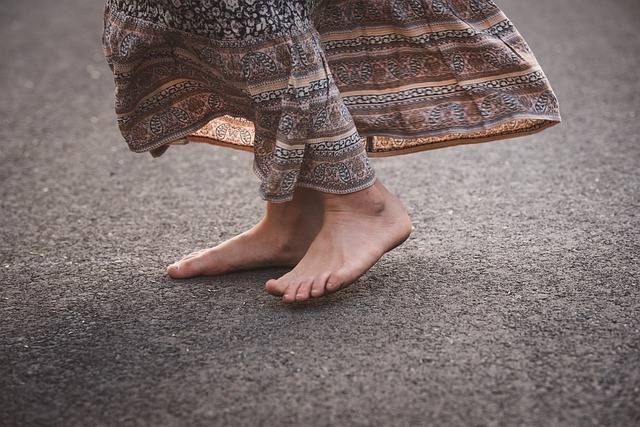
Outdoor grounding is the most natural and straightforward way to practice earthing. It can be as simple as standing or walking barefoot on natural surfaces such as grass, sand, or plain concrete. The earth’s direct contact aids in fortifying and extending the muscles, tendons, and ligaments in your feet, ankles, and calves, offering injury prevention and benefits for those with flat feet or overpronation.
Moreover, outdoor grounding can also have additional health benefits. Barefoot walks in sunlight may increase vitamin D production, thereby improving bone health and reducing the risk of several diseases. Reflexologists even suggest that walking barefoot can potentially improve eyesight due to the stimulation of primary pressure points for the eyes on the toes.
Indoor Grounding Alternatives
While being outdoors is the most natural way to ground, it’s not always possible due to weather, location, or personal circumstances. This is where indoor grounding alternatives come into play. Some options include:
-
Grounding mats
-
Grounding sheets
-
Grounding socks
-
Grounding blankets
-
Grounding bands
These tools can help you connect with the earth’s electrons indoors by utilizing electrical conductivity.
One can connect these earthing products to the earth’s electrons either through a three-prong outlet’s grounding port or a dedicated Ground Rod. For beginners, it is recommended to start grounding indoors with sessions on grounding equipment such as mats or using socks for 15 to 30 minutes. Of course, always ensure that the indoor outlet is properly grounded before using Earthing products and maintain grounding effectiveness with regular testing.
Physical Health Benefits

Grounding offers a wide array of physical health benefits, as validated by a growing body of scientific research. One of the key benefits is the reduction of pain and inflammation, facilitated by the electrical conduction between the skin and the earth. This connection provides antioxidant effects, combating harmful free radicals in our bodies.
Grounding has several health benefits, including:
-
Promoting an antioxidant microenvironment around injury sites, aiding the immune response and contributing to faster wound healing
-
Improving sleep
-
Reducing stress
-
Increasing heart rate variability
-
Strengthening vagal tone, which supports overall autonomic balance.
Earthing Therapy in Daily Life
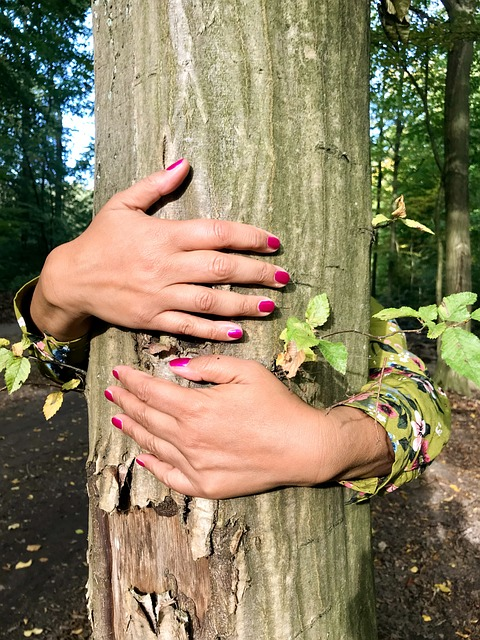
Integrating earthing therapy into your daily routine can lead to long-term health benefits. Start by creating a routine that involves leaving shoes behind, connecting directly with the earth, and enjoying consistent barefoot time. Begin with at least 30 minutes a day to start experiencing the multitude of benefits grounding has to offer.
Maintaining regular grounding practices can result in:
-
Decreased chronic fatigue
-
Superior sleep quality
-
Bolstered immunity
-
Enhanced heart health
The practice of grounding is embraced by many as a long-term lifestyle choice rather than a temporary solution. It’s more than just a health practice - it’s a way of life that fosters a deep sense of peace and connection to nature.
Also when you must wear shoes we suggest wearing barefoot shoes that have a zero drop sole. This allows your feet to walk flat to the ground reducing gait imbalances and leading to more comfort and strength in the foot. OAKA makes the perfect barefoot dress shoe for active professionals who need this option.
Scientific Evidence and Ongoing Research
Grounding benefits extend beyond anecdotes; they carry scientific backing. Ongoing research is investigating grounding as a simple yet profound intervention for reducing the risk of non-communicable diseases, including:
-
cardiovascular conditions
-
neurodegenerative diseases
-
type 2 diabetes
-
chronic kidney disease
-
cancer
Grounding has been shown to offer the following benefits:
-
Antioxidant effects that may prevent or slow tissue damage caused by reactive oxygen species during inflammation
-
Improved blood flow dynamics
-
Reduced peripheral resistance
These benefits make grounding a significant intervention for cardiovascular health and reducing the risk of cardiovascular disease.
The landscape of earthing research, with its implications for environmental and public health, is broad and continually expanding, promising exciting developments in the near future.
Safety Precautions and Tips
Like any practice, grounding also necessitates a focus on safety. Choose cleaner environments for barefoot grounding to minimize the risk of skin conditions. Walk barefoot in areas with strict pet waste cleanup ordinances, as these are likely to be safer.
Consult with a healthcare professional about any medical conditions before starting earthing practices to ensure your safety. When grounding indoors with earthing products, use non-electrical earthing plugs connected only to the Earth wire.
Lastly, consider bringing a small bag to store shoes for dealing with discomfort when practicing grounding outdoors.
Summary
Grounding or earthing is a practice that reconnects us to the earth, providing a myriad of mental and physical health benefits. From reducing inflammation and chronic pain to promoting better sleep and cardiovascular health, the benefits of grounding are truly remarkable.
As we continue to understand more about grounding through scientific research, one thing remains certain: grounding is a simple, accessible practice that anyone can incorporate into their daily life. So, take off your shoes, step outside, and start your grounding journey today. Mother Earth is waiting.
Frequently Asked Questions
What is barefoot grounding?
Barefoot grounding, also known as earthing, involves placing your bare feet on the ground to absorb the Earth's electrons, which is believed to offer various health benefits.
How long should you walk barefoot to ground?
You should walk barefoot for at least 30 minutes to experience the benefits of grounding, such as pain relief, reduced inflammation, and improved sleep quality. So, try to spend at least 30 minutes walking barefoot to make the most of grounding.
Is being barefoot on the ground good for you?
Yes, being barefoot on the ground is good for you as it can improve immunity, increase antioxidants, reduce inflammation, and improve sleep. Additionally, grounding through barefoot walking has been shown to reduce pain levels and positively affect sleep, pain, and stress levels.
Is walking on concrete barefoot grounding?
Yes, walking on concrete barefoot can ground you. The concrete sidewalk can provide grounding when walked on barefoot.
How can I practice grounding?
To practice grounding, try walking barefoot on natural surfaces like grass, sand, or concrete, or use indoor grounding products such as mats or sheets. This can help you connect with the earth and feel more centered.
_____________
P.S. Try OAKA, our barefoot Derby style dress shoe that strengthens your feet and provides all day comfort.
---
Michael Plater is an authority on barefoot shoes, having spent years reviewing and testing products as well as modifying and ripping out soles to find the healthiest options.
